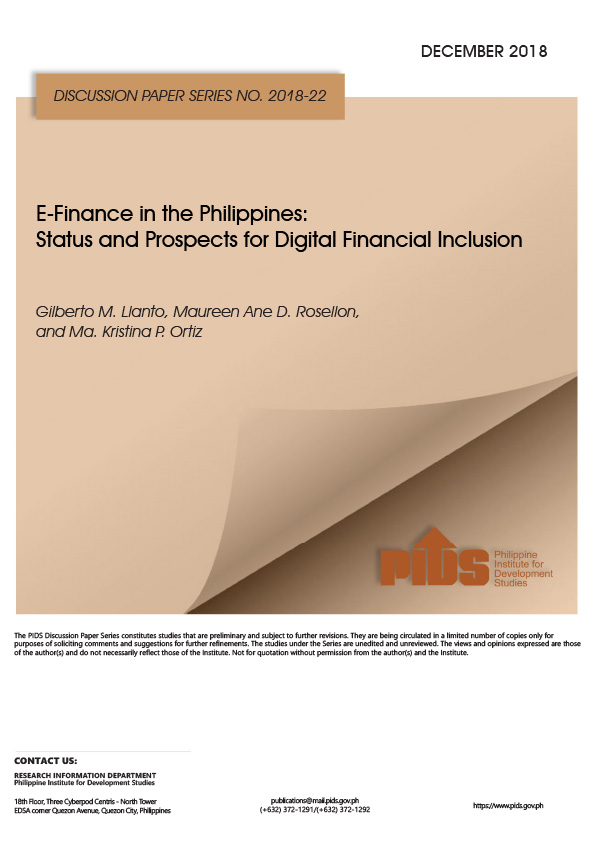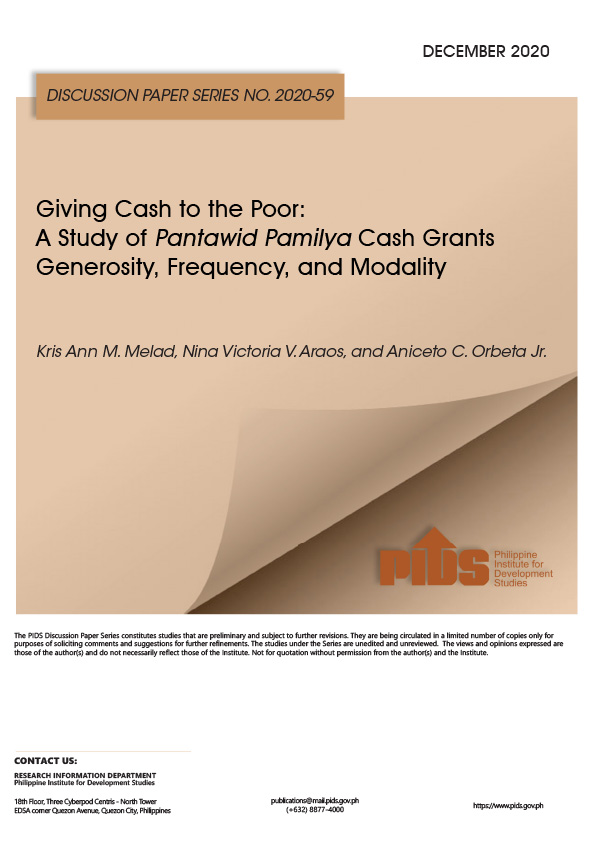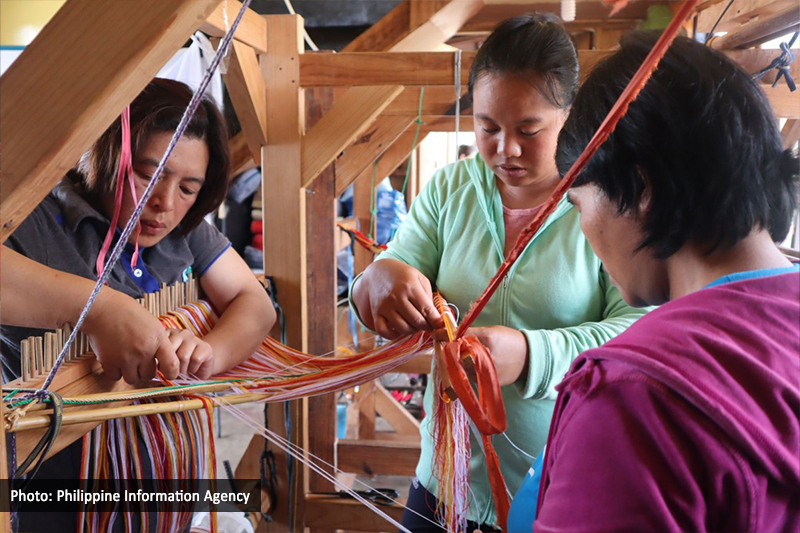In a modern economy, the payment system is a major component of the country’s infrastructure system. Indeed, no country nowadays can afford to take its payment system for granted. Advances in information technology and changes in laws, institutions and regulations in some countries have encouraged the emergence of new payment instruments as well as the delivery and processing arrangements for small and large value, time-critical payments. With e-commerce now in the mainstream of economic activities, we can therefore expect more major changes in the payment systems worldwide in the next five years than we have in the last five decades. Obviously, the Philippines cannot escape from this sea change. This paper discusses key operational concepts involved in a payment system and describes the emerging payment systems in industrialized countries. This gives developing countries, like the Philippines, a preview of the likely evolution of their payment systems in the next few years as they deepen the integration of their economies with the rest of the world. The paper gives a detailed description of the existing payment system in the Philippines and discusses innovations in payments media, especially noncash payment instruments, and facilities for the clearing and settlement of payments. Areas for improving the efficiency and reducing risks in existing payment system have been identified. Developments in the payment system have implications for the conduct of monetary policy. The second to the last section of this paper, therefore, deals with this issue. In particular, it discusses specific payment system innovations, such as the switch to RTGS system and use of electronic payments media, that can enhance or attenuate the effectiveness of traditional monetary tools. The last section presents some recommendations.













